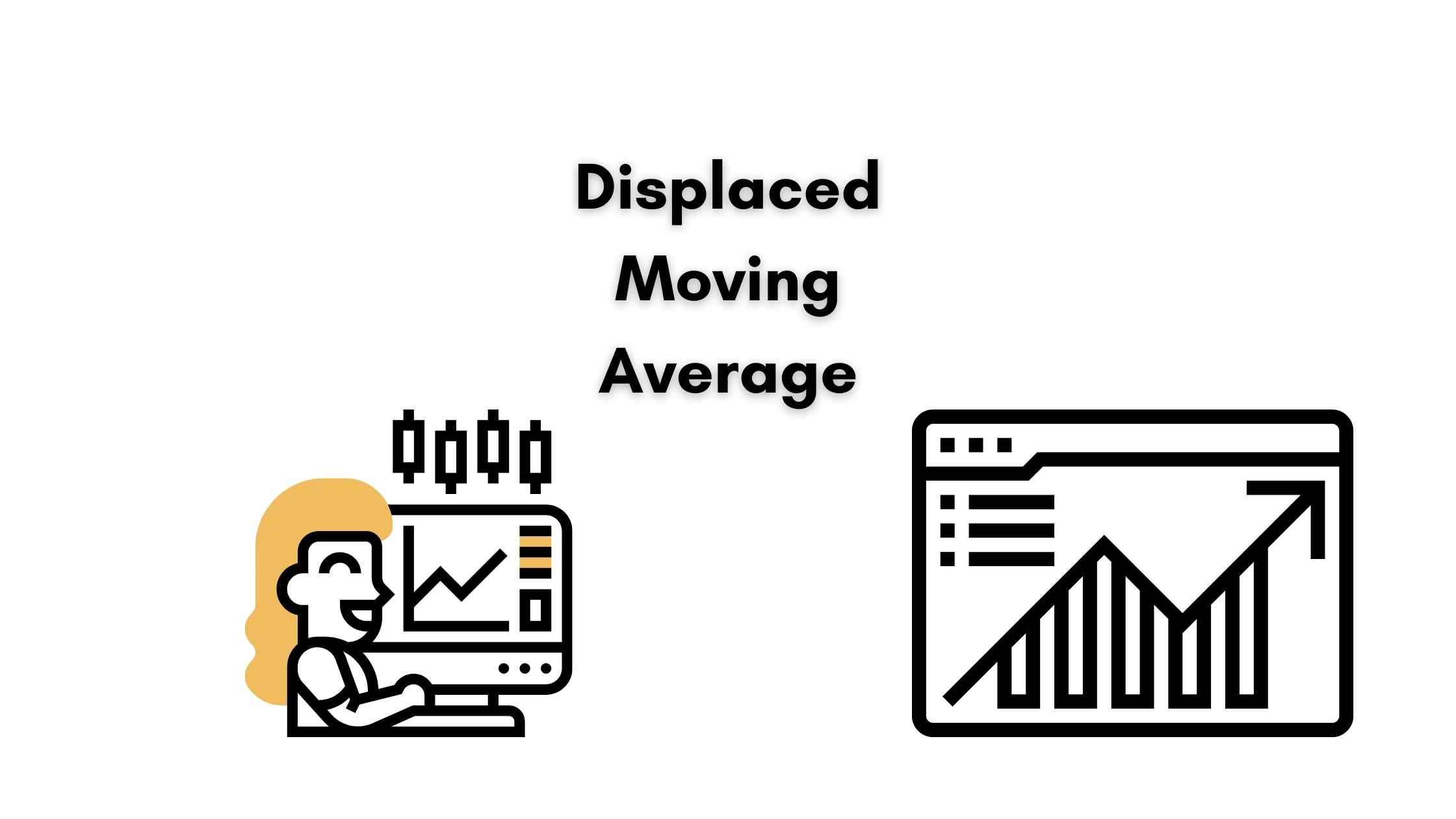What Is DMA in the Stock Market?
DMA full form in share market is Displaced Moving Average. This is a technical analysis tool used by traders to smooth out price data and identify trends, but with a unique twist—it shifts the moving average (MA) forward or backward in time. This displacement allows the average to align better with price movements, providing a clearer view of support, resistance, and trend direction.
Unlike a simple moving average (SMA), which calculates the average of a selected number of past prices and plots it on the current price bar, a DMA moves this calculation forward (positive displacement) or backward (negative displacement). This can improve accuracy in predicting trends and identifying entry and exit points for trades.
How DMA Works in the Stock Market
The DMA operates like a traditional MA, but its displacement can provide improved performance. Here’s how it works:
- Positive Displacement (Forward): Moves the moving average forward in time, potentially identifying future resistance levels.
- Negative Displacement (Backward): Moves the moving average backward, aligning it with historical price lows to better reflect support levels.
By shifting the moving average along a chart, the DMA allows traders to better synchronize the indicator with price movements. For example, plotting a 15-day DMA means taking the last 15 closing prices and averaging them, but shifting this average forward or backward to match price highs or lows. This can make trend changes and support/resistance levels more visible.
Why Is DMA Used in the Stock Market?
Displaced Moving Averages are particularly effective in identifying:
- Trend direction: If the price is above the DMA, it indicates an uptrend, while prices below the DMA suggest a downtrend.
- Support and resistance levels: Traders use DMAs to identify key price levels where reversals may occur, giving them potential entry or exit points.
- Reversals: When the price crosses the DMA, it signals a potential trend change, helping traders to act promptly.
Key Differences Between DMA and EMA
Both Displaced Moving Average (DMA) and Exponential Moving Average (EMA) are essential tools in trend analysis, but they differ in key ways:
| Aspect | Displaced Moving Average (DMA) | Exponential Moving Average (EMA) |
|---|---|---|
| Calculation | Takes the average of a specific number of past prices and shifts the plot forward or backward | Puts more weight on recent price changes for faster reaction to price movements |
| Time Lag | Involves a time lag due to displacement | Less time lag as it responds quickly to price changes |
| Smoothing | Smooths price data but may not reduce noise as effectively as EMA | More effective at smoothing price data and eliminating short-term fluctuations |
| Popular Use | Identifying support/resistance levels and trend reversals | Short-term trend following and momentum strategies |
Limitations of DMA
Despite its advantages, DMA has several limitations that traders need to consider:
Time Lag:
The inherent time lag of DMA can delay signals, making it less effective for capturing short-term price changes.
Choppy Markets:
DMA can struggle in volatile or sideways markets, where price movements are less predictable. This may lead to false signals or whipsaws.
Dependency on Historical Data:
DMA relies on historical price data, which can make it less reliable in markets with limited historical information or sudden outliers.
Best Practices for Using DMA in Stock Trading
To make the most of DMA, traders should:
- Understand the time lag: Be mindful of the lag and its implications on trading decisions.
- Select the appropriate displacement: The displacement value should be chosen based on market conditions and the trader’s time horizon.
- Combine DMA with other indicators: Using DMA in conjunction with other technical analysis tools can provide a more complete market view.
- Confirm DMA signals: Validate DMA signals with actual price action and other market information to avoid false entries or exits.
DMA vs. EMA: When to Use Each
Both DMA and EMA have their place in a trader’s toolkit, but their usage depends on the trading style:
- Use DMA: For long-term trend following, support/resistance identification, and smoothing out short-term noise in the price data.
- Use EMA: For short-term strategies, particularly when a quick reaction to price changes is necessary.
Also Read: Why Indian stock market down ?
Conclusion
The Displaced Moving Average (DMA) is a versatile technical analysis tool that offers traders enhanced accuracy in trend analysis, support, and resistance identification. By shifting the moving average along a chart, the DMA aligns with price highs and lows, offering clearer signals for entry and exit points. However, like all technical indicators, DMA has its limitations, especially in volatile or sideways markets. For best results, traders should use DMA alongside other indicators and risk management techniques.
Understanding how to use DMA effectively can make it a powerful addition to any trader’s strategy, offering valuable insights into market trends and potential reversals.

One thought on “What Is DMA (Displaced Moving Average) in the Stock Market?”